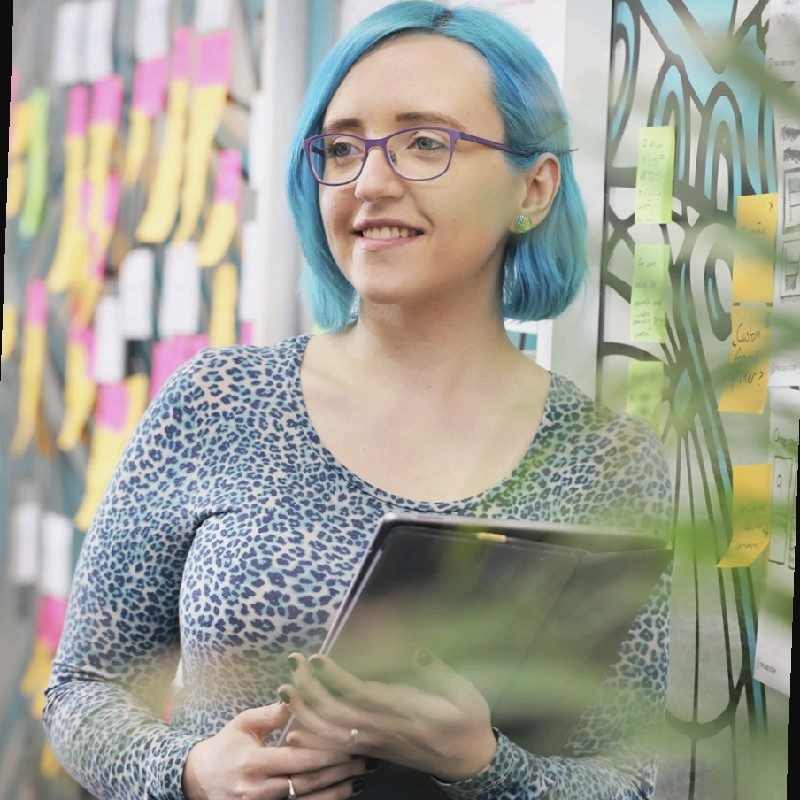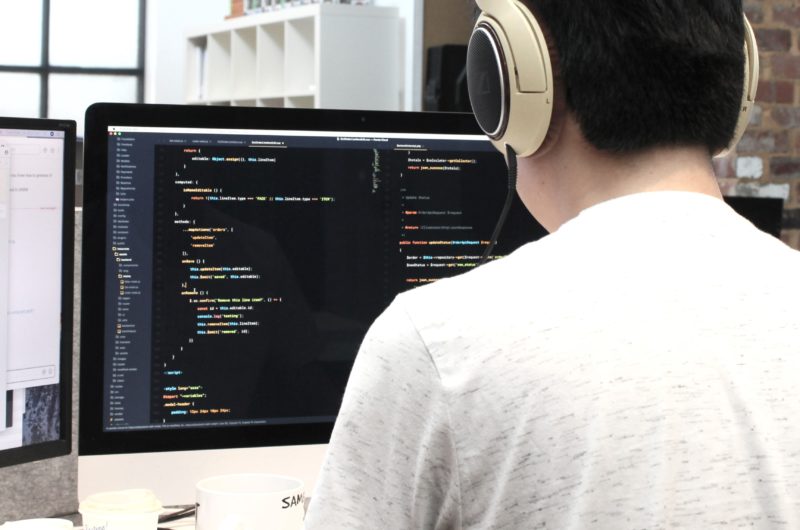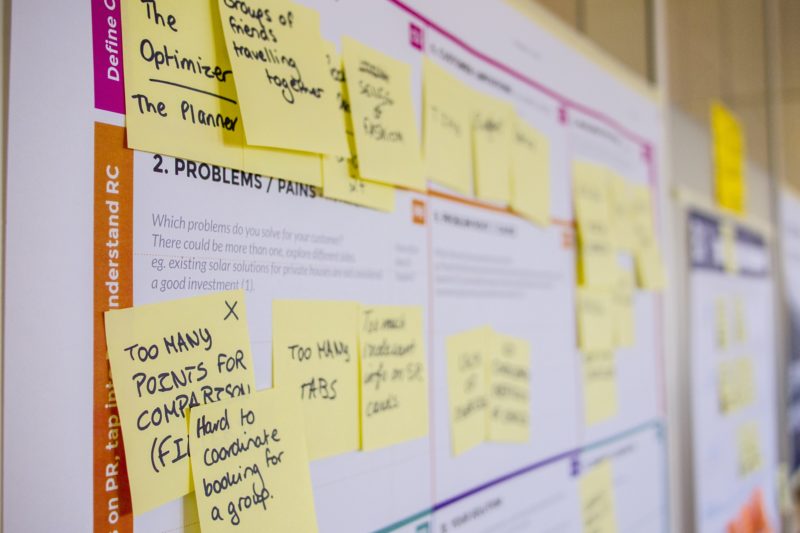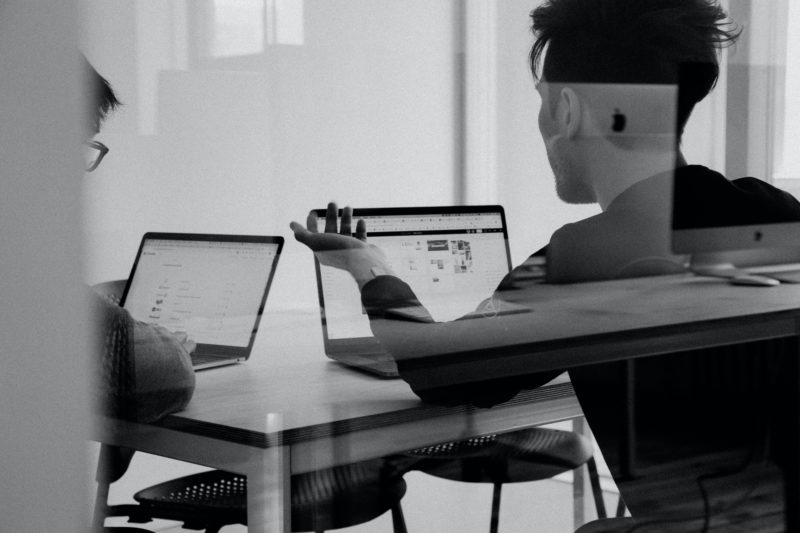As a global society, technology touches nearly every aspect of our daily lives. As a result, the tech sector is growing rapidly, offering a huge scope of job opportunities for ambitious individuals wanting to future proof their careers.
Software developer may be the first thing that comes to mind when you say ‘tech job’ but 43% of roles in the sector are ‘non-technical’. One role which has grown seen increasing predominance in recent decades is a UX Designer.
Where developers build digital products or services, UX (which stands for user-experience) Designers ensure users have best possible experience. Without them, the product or service is unlikely to have users for long.
Hollie Allen is User Experience Designer The User Story, an agency that specializes in UX – the perfect person to capture what UX is and how it’s used. In addition to her day job, Hollie is the co-organiser of Norwich Codebar, a regional arm of the not for profit Codebar organisation which helps underrepresented groups get into tech.

What does a UX Designer do?
A UX designer improves the user’s experience of a website or app through a combination of research and visual design.
You have to be an advocate for the user’s needs but also balance their needs with the goals of the business or client.
How did you get into it?
I stumbled across UX design in my 3rd year of university and focused my final project around exploring what UX design was all about.
I found that I loved the idea of helping people through design. There’s a range to the work, from making it easier to order a pizza on an app to helping users find key information about medical care on a website. In my eyes it all leads to less stress in the lives of the users.
What advice do you have for someone wanting to get in the industry?
I would suggest learning about accessibility as it is an important part of being a UX designer that is often overlooked.
At least ⅕ of internet users have some form of visual or mental impairment, which means they interact with apps and websites differently. This potential difference in interaction is important for a UX designer to bear in mind whilst designing. A simple example would be, someone who has poor eyesight may be unable to read the text on an important button because the contrast in colours isn’t strong enough.
Accessibility is a fascinating topic to learn about and is also a great talking point during job interviews.
Are you looking for a job? Our partners are hiring for roles across all levels, internationally. They operate throughout the technology space and are looking for ambitious individuals to join their teams.
Other Reads

3 Minute Read 17.09.20
What does a Web Developer do? #TechJunky
In a world where every business needs to be a tech business, having a functional website is the bare...

3 Minute Read 17.09.20
What does a Head of Product do? #TechJunky
Did you know interest in the term ‘product manager’ doubled in the US in the last five y...

3 Minute Read 17.09.20
Scale up challenges in COVID-19; An investors perspective
Scale-up challenges are hurdles in the path of ambitious start-ups. Big challenges require innovativ...